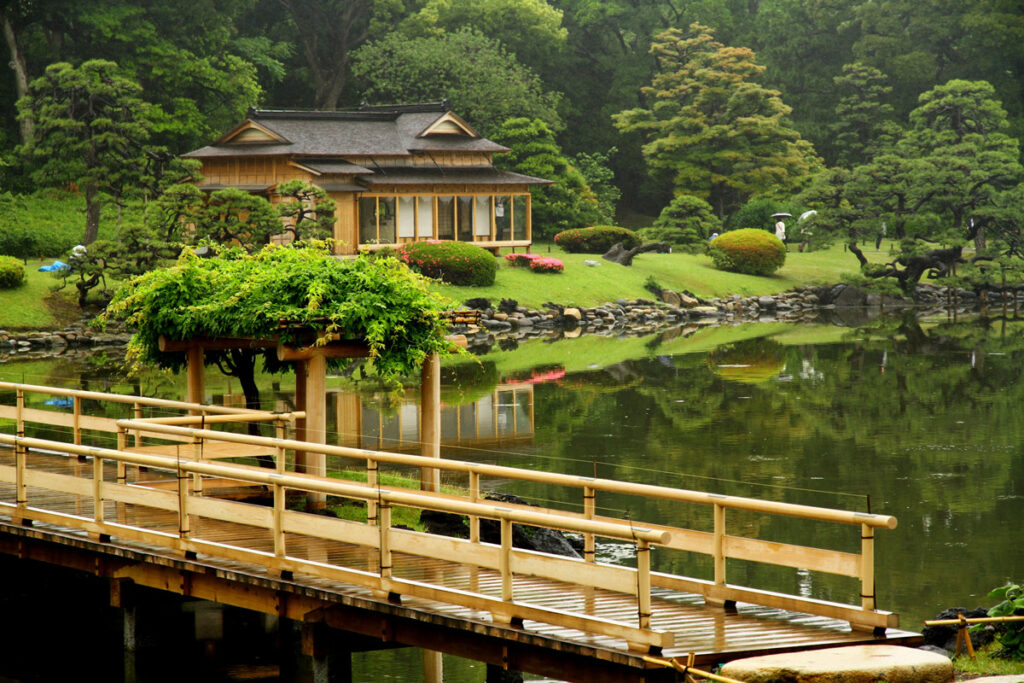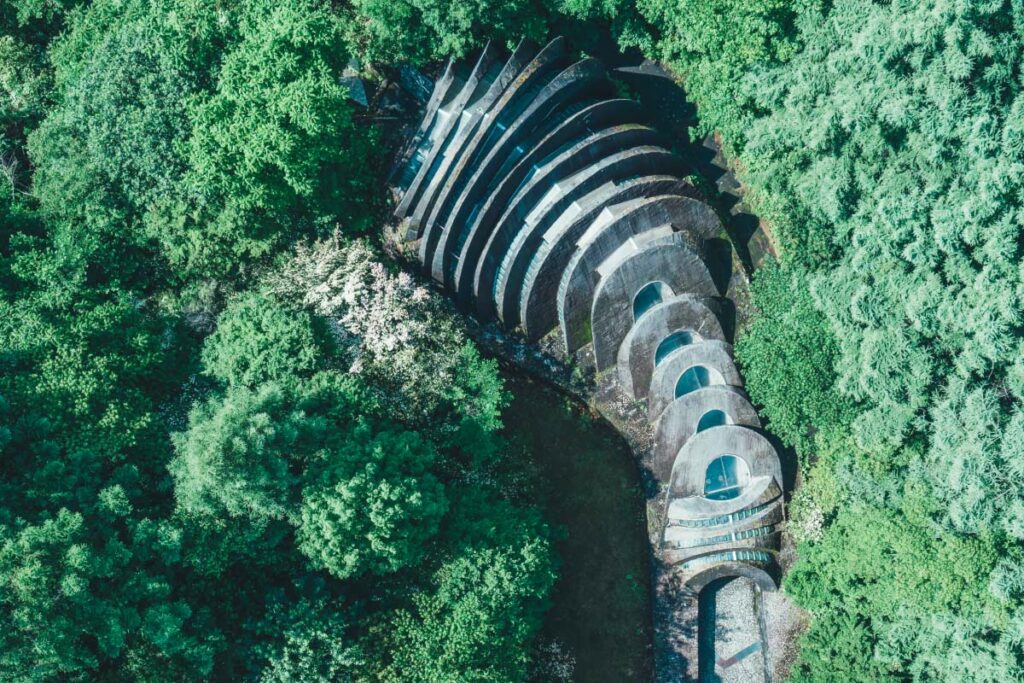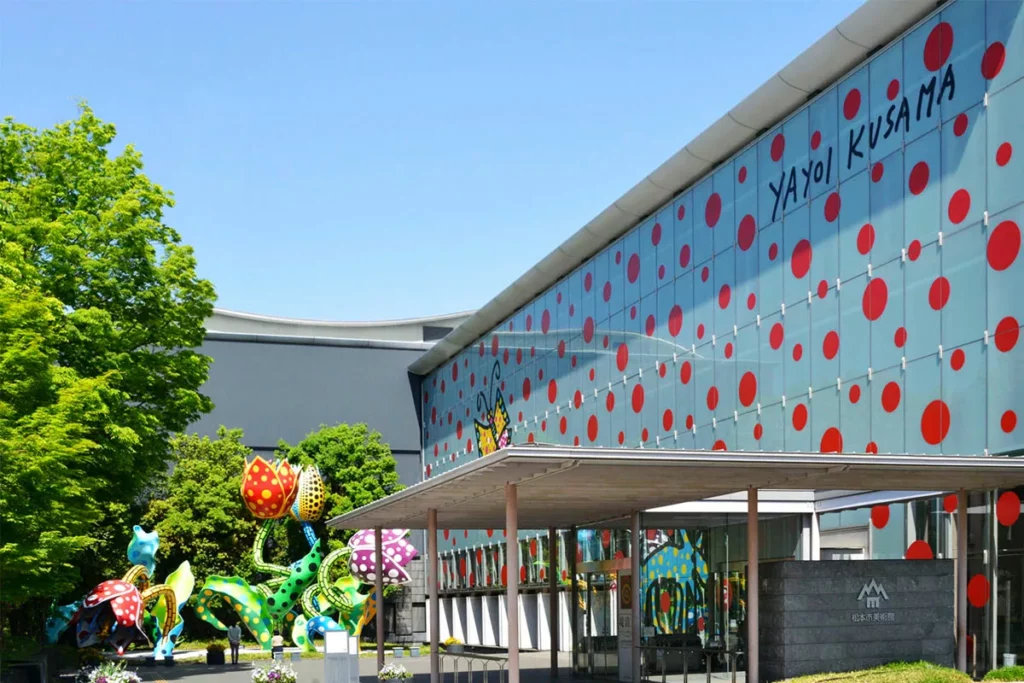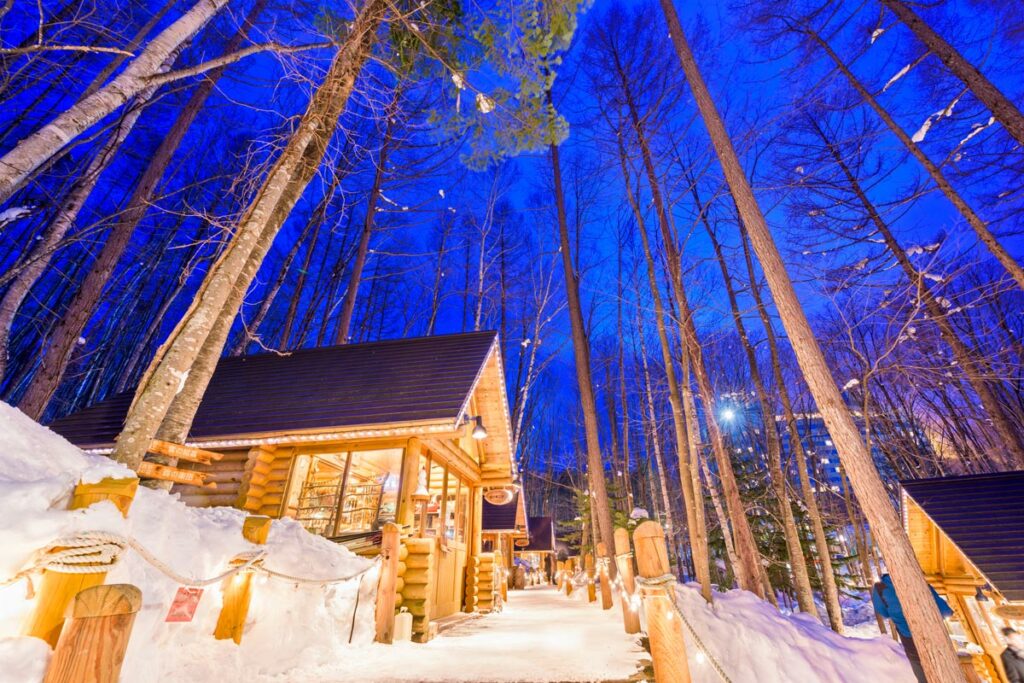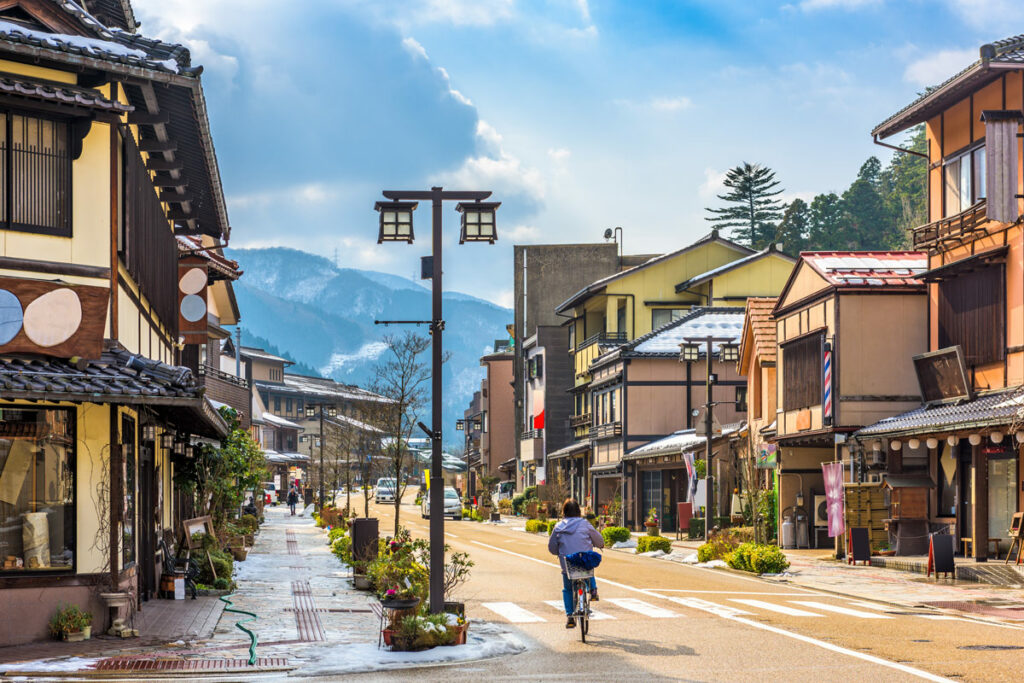Welcome to the world of Hamarikyu Gardens, a historical oasis nestled in the heart of Tokyo. This article will take you on a journey through time, exploring the rich history and unique features of these beautiful gardens.
The History of Hamarikyu Gardens
The origins of these gardens date back to the Edo period, when they served as a feudal lord’s Tokyo residence. Designed to reflect the changing seasons, they provided a tranquil escape from the bustling city. However, their transformation didn’t stop there. During the Meiji Restoration, the gardens were transformed into a detached palace for the Imperial family. It was during this time that many of the garden’s unique features, such as the teahouse and garden ponds, were added. The gardens faced a significant challenge after the devastation of World War II, but Japan’s resilience shone through. The gardens were donated to the city of Tokyo and opened to the public. Today, they stand as a testament to Japan’s commitment to preserving its cultural heritage.
The Unique Features of Hamarikyu Gardens
Teahouse and Garden Ponds: One of the highlights of Hamarikyu Gardens is the teahouse, located on an island in the middle of the garden pond. Here, visitors can participate in a traditional tea ceremony while enjoying the serene views of the surrounding gardens.
Flower Gardens: The gardens are home to a variety of flowers that bloom throughout the year, providing a colorful display of Japan’s natural beauty. From the vibrant azaleas in the spring to the delicate cosmos in the autumn, there’s always something in bloom.
Duck Hunting Sites: Hamarikyu Gardens also features two preserved duck hunting sites, a unique aspect of its history. These sites were used by the feudal lords for falconry and duck hunting, a popular pastime during the Edo period.
300-Year-Old Pine Tree: Perhaps the most iconic feature of Hamarikyu Gardens is the 300-year-old pine tree. This majestic tree stands as a symbol of the garden’s long history and resilience.
Experiencing Hamarikyu Gardens
Experiencing Hamarikyu Gardens is a feast for the senses that changes with the seasons. One of the best ways to immerse yourself in its beauty is to visit at different times of the year. Each season brings a new array of colors and sights, making every visit a unique experience. Adding to this rich tapestry of experiences is the opportunity to participate in a traditional tea ceremony. This centuries-old tradition, a must-do when visiting the gardens, offers a glimpse into Japan’s rich cultural heritage. But the experiences don’t stop there. Hamarikyu Gardens hosts a variety of annual events, including the Cherry Blossom Festival in the spring and the Autumn Leaf Festival in the fall. These events provide visitors with firsthand experiences of Japanese culture, adding another layer to the garden’s allure.
Hamarikyu Gardens offers a unique blend of history, culture, and natural beauty. Whether you’re a history buff, a nature lover, or just looking for a peaceful escape from the city, Hamarikyu Gardens is a must-visit destination in Tokyo.
